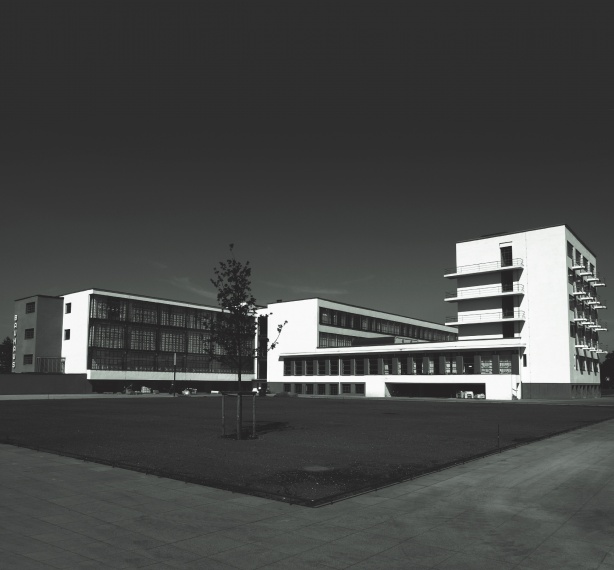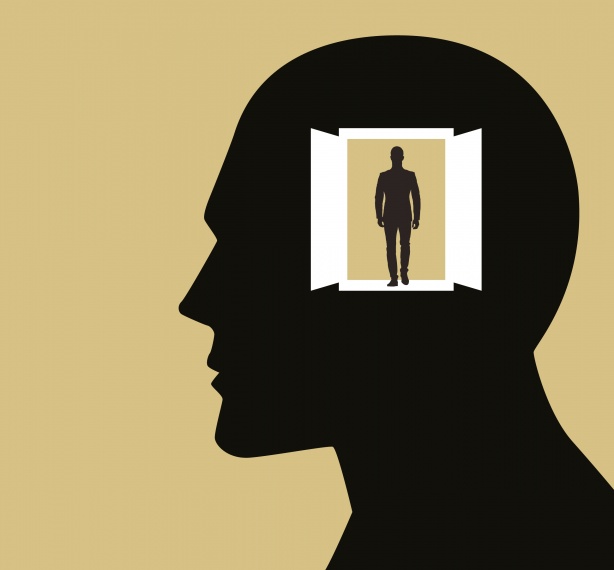Homo Ex Data The natural o the artificial
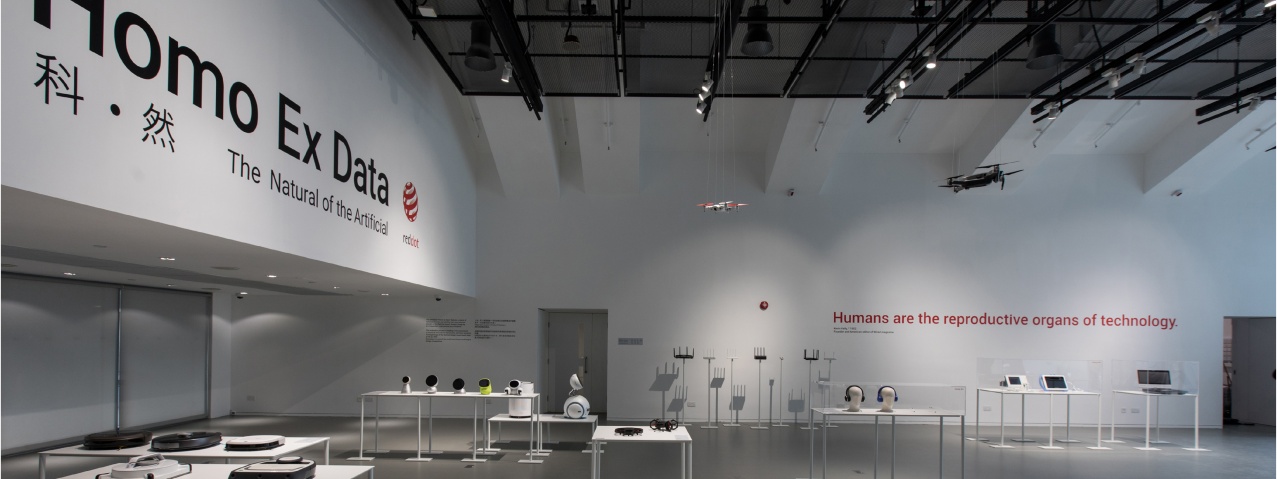
Technology has become second nature to humankind. The Homo Ex Data exhibition at HKDI Gallery explored how we can no longer survive without it
How long would we last if we were stripped of the trappings of technology; without the means to find our way to shelter, summon food or call for help? Society relies on technology from the simplest personal interaction to the most major infrastructure project. The exhibition Homo Ex Data - The Natural of the Artificial at HKDI Gallery proposed that the solution is not to shy away from technology, but to design smarter technology.
Red Dot founder and CEO, Prof Dr Peter Zec, wrote of the exhibition, “Design gives us the feeling that we are in control of things.” In his introduction to the exhibition, Zec explains the exhibition’s title in terms of three stages, or natures, of human development; Homo Sapiens (the term coined by Carl Linnaeus which translates as ‘wise man’), Homo Faber (man the maker) and finally Homo Ex Data. Homo Sapiens was, according to Zec, “The first life form to develop a certain insight into and understanding of their surroundings and create tools that made it easier for them to survive in nature.” Since then, however, human development has taken mankind further from the natural world, altering our view of our own nature in the process. “The mass production of serial products,” Zec continues, “became the point of departure for the emergence of an entirely new kind of social reality… This transformation of life in the ongoing development of modern society shaped by industrial production gave rise to a whole new type of human, Homo Faber.” It was at this point that design, as Zec puts it, “Developed into its own aesthetic discipline.” Now, humanity was able to shape the world, rather than life being dictated by nature. However, over the centuries Homo Faber has made the promethean mistake of thinking of itself as separate from, even superior to, nature. In truth, according to Zec, “Although humans have subjugated nature by means of technology, they themselves remain natural beings.” Humans are ruled by emotion, but the next stage of human development, Homo Ex Data, promises to marry the natural and the artificial. “The world,” writes Zec, “is becoming a construct of ongoing, sensor-controlled data transfer.” This new type of human will live in a world where “Living circumstances are determined by the generation and transfer of data. Homo Ex Data is no longer actively involved in shaping his surroundings. Instead, his actions become more and more dependent on large-scale data collection and evaluation.”
Over the following pages we will examine some of the 150 products that feature in the exhibition Homo Ex Data. Products that are shaped by this brave new data-driven world, and products which will reshape the world in the future.
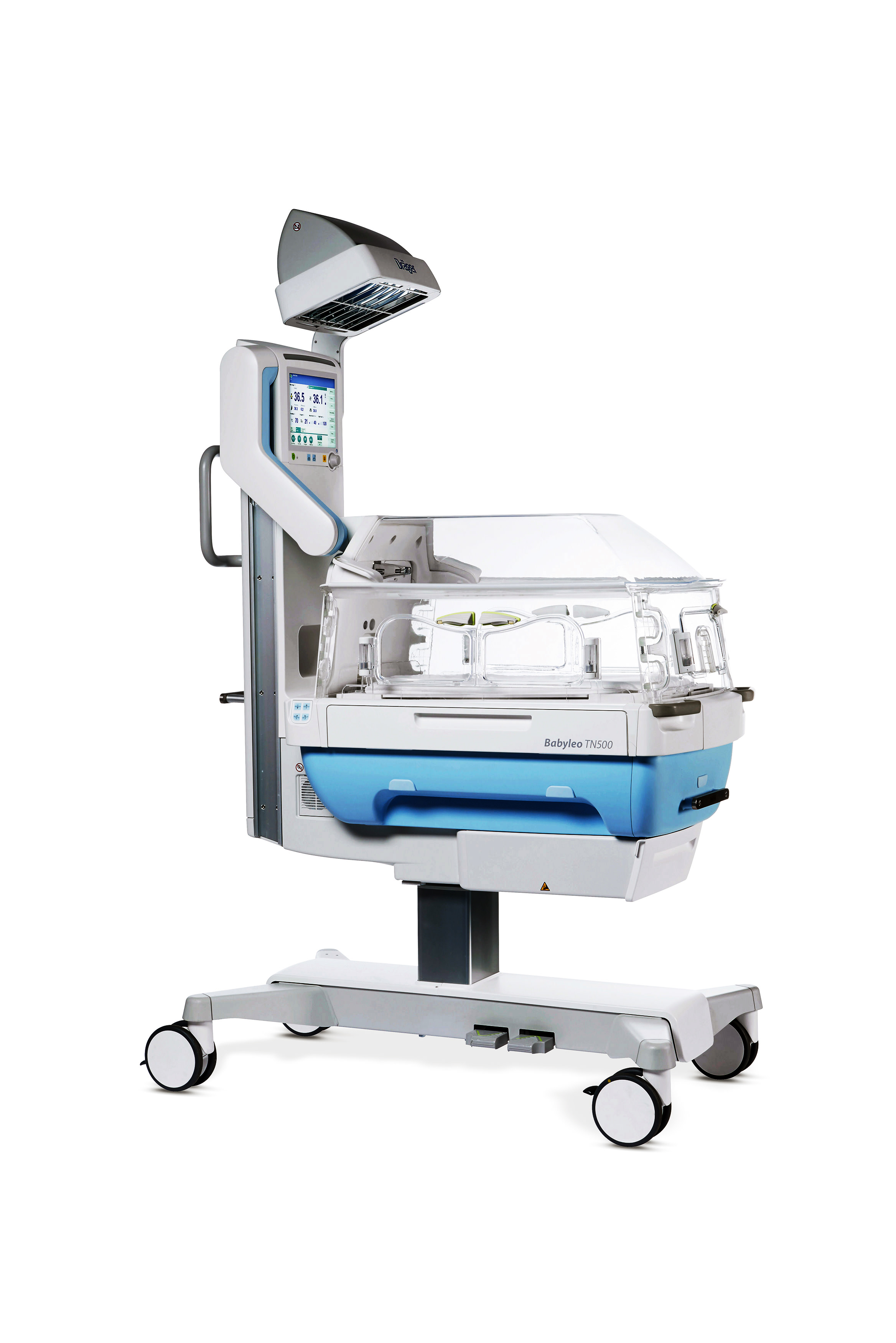
|
MONITORING Technology cares for us from the cradle to the grave, and even before birth it’s looking out for us. Alongside established technologies like ultrasound, genetic profiling can apply the power of data analysis to monitor the health of unborn children. And for babies born early, there is technology like the Dräger Babyleo TN500 IncuWarmer, which creates an optimal microclimate for the child while using state-of-the-art sensors to monitor everything from blood oxygen and temperature to brightness and noise levels inside the cot. |
TRACKING An incredible two billion people around the world use one form or another of self-tracking. This includes wearable tech and mobile apps that monitor health and daily activity, sleep patterns and stress levels. The Motiv Ring is an unobtrusive tracker that fits on the finger and gathers data that allows the user to optimise their daily routines in order to stay fit, avoid illness and ultimately, stay productive and happy. |

|
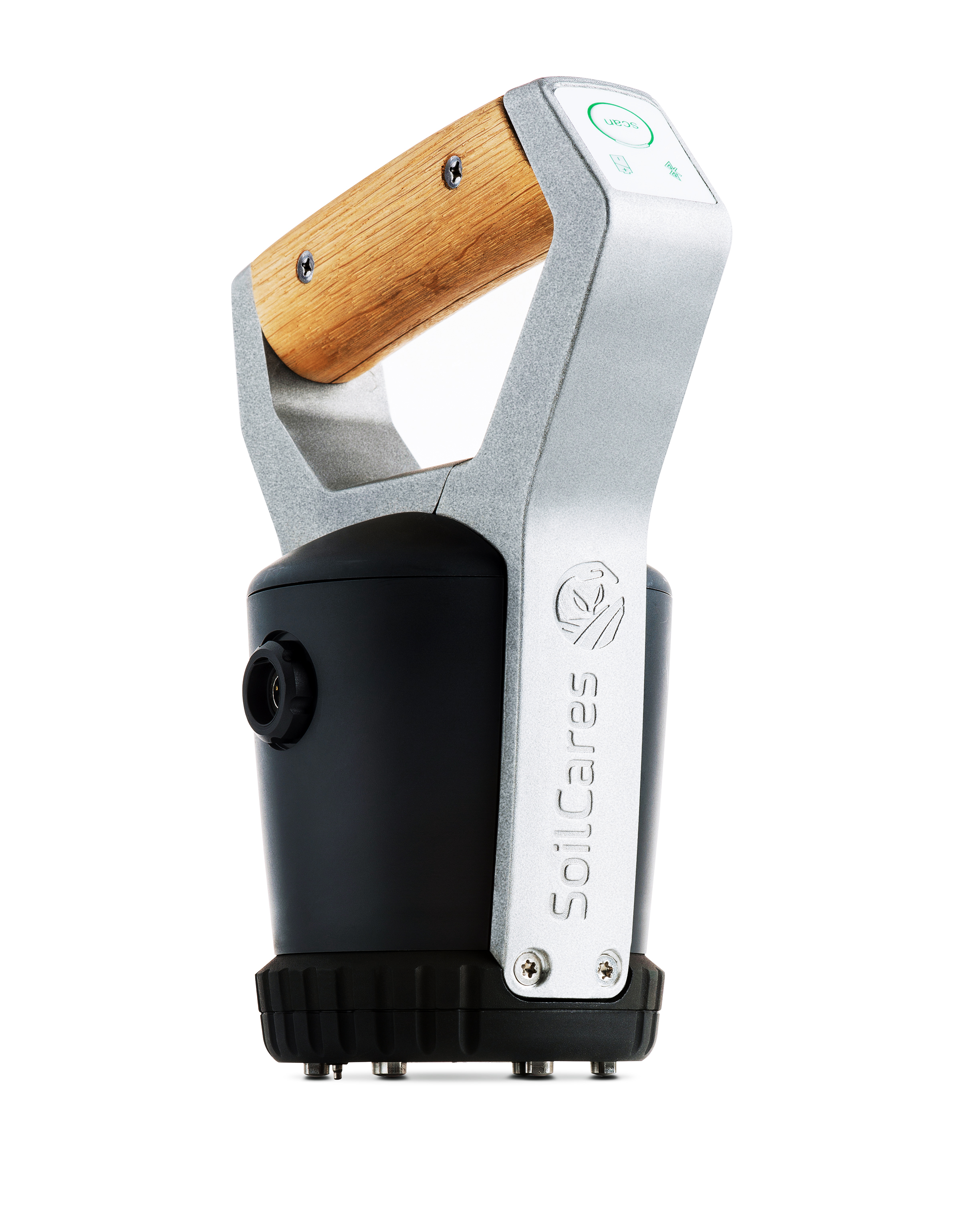
|
ANALYSING To be considered as well-designed, technology needs to do more than just gather and sort data. The soil scanner puts the power of the latest environmental analysis technology directly into the hands of farmers in developing countries. The handheld device scans the soil and feeds back recommendations on what crops to plant, when and where to plant them. This technology enhances the lives of ordinary people, and ultimately improves the environment for everyone. |
MEASURING Since the ancient Greek polymath Eratosthenes first calculated the circumference of the Earth using just the midday sun, a protractor and some mathematics, technological advances have allowed humankind to become increasingly adept at measuring the world around them. The MetraSCAN 3D is a handheld device used to take measurements of products on the shop-floor for quality control purposes. The MetraSCAN 3D’s incredible speed and accuracy cuts down on delays and reduces the risk of non-conformities on the production line, saving time, resources and money. |
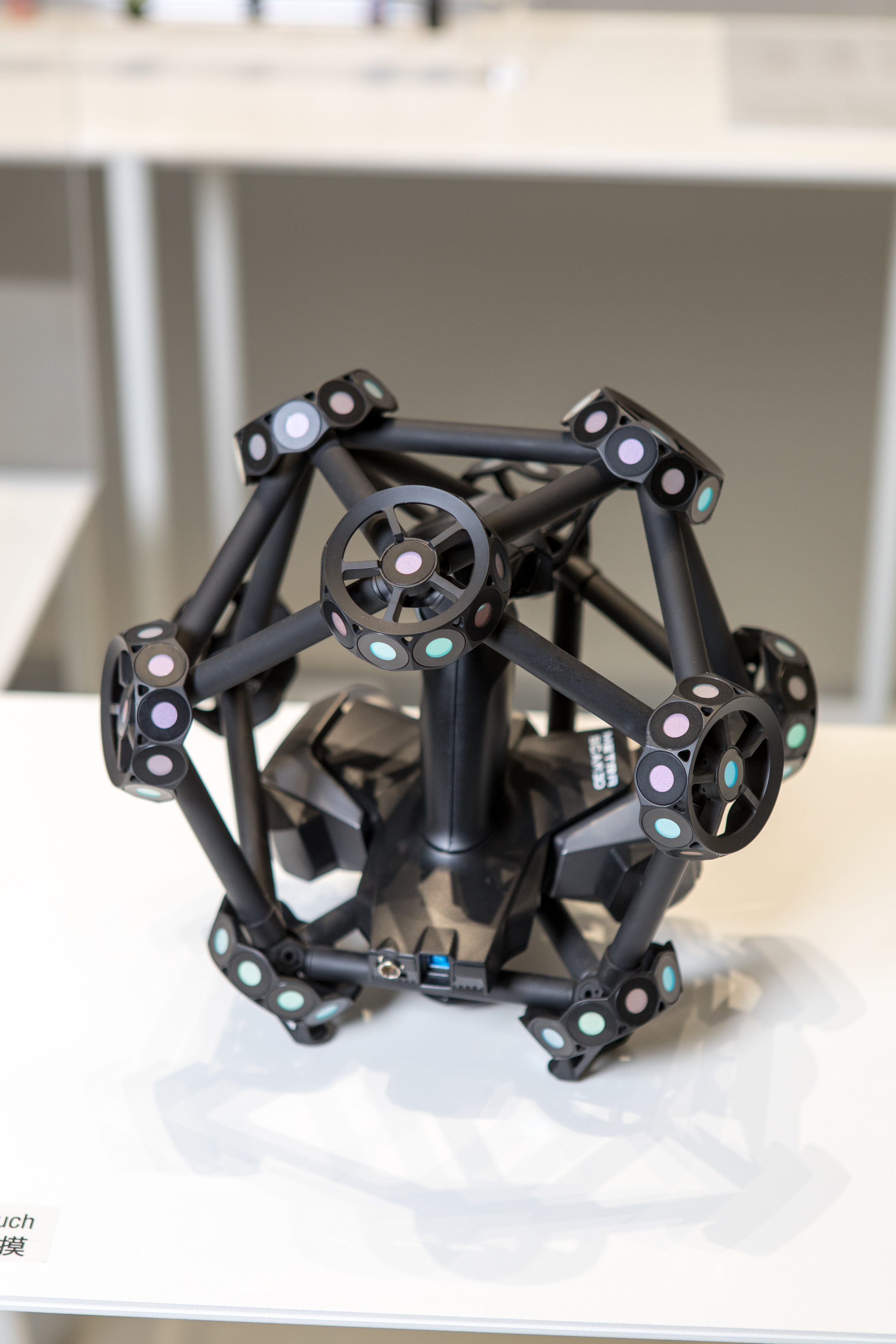
|
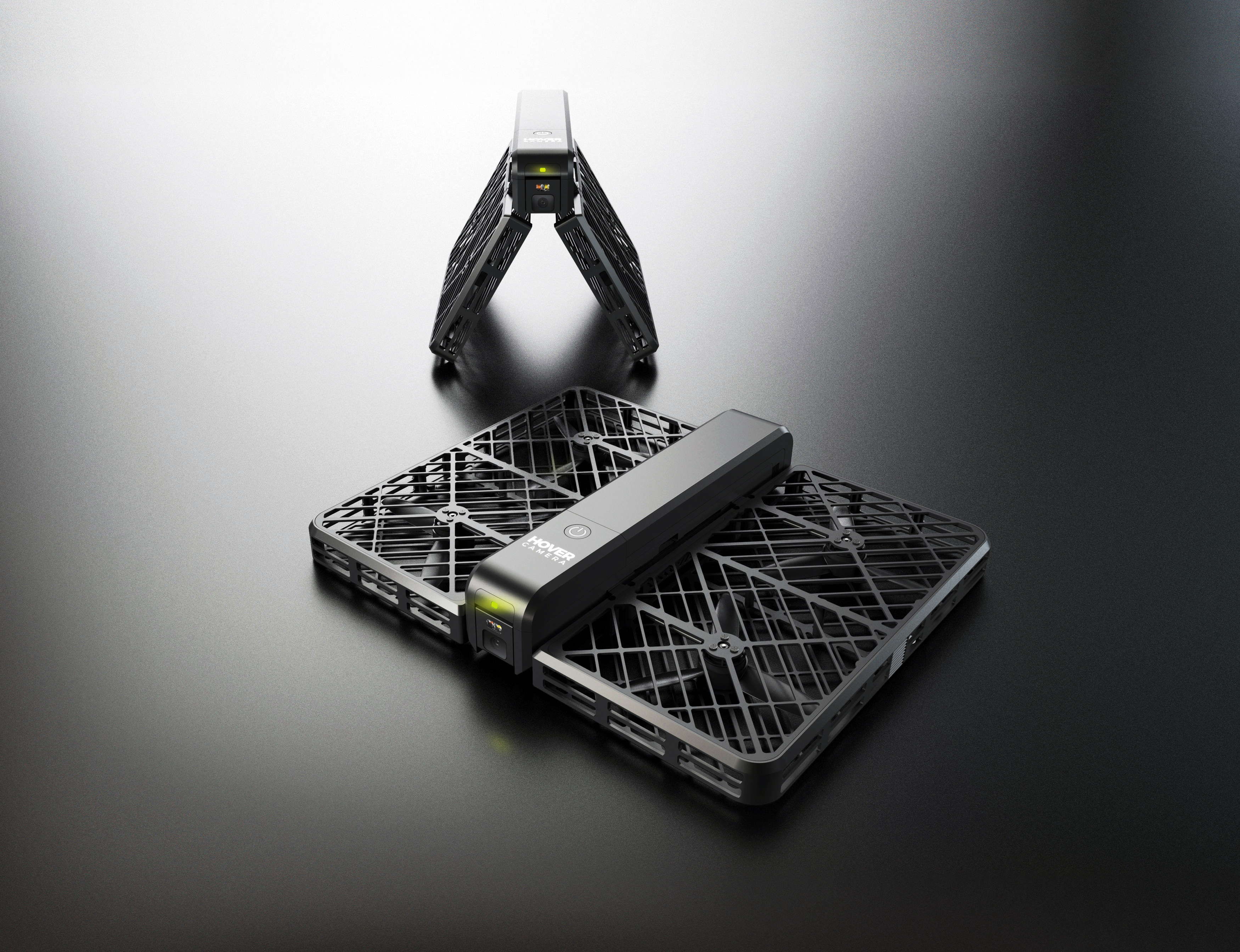
|
OBSERVING Drones are everywhere, in war zones on the news, making videos for our newsfeeds… In a few short years, thanks to advances in battery energy density and improvements in lightweight materials, drones have become a utility; delivering goods to consumers, and the centre of a new kind of leisure pursuit. The Hover Camera is a lightweight quadcopter designed specifically to take selfies. Its intuitive controls are designed for a generation raised on smartphones. With the rotor blades safely enclosed in a cage-like housing, the user can pluck it from the air by hand, pack it in a bag and stay on the move all day. |

